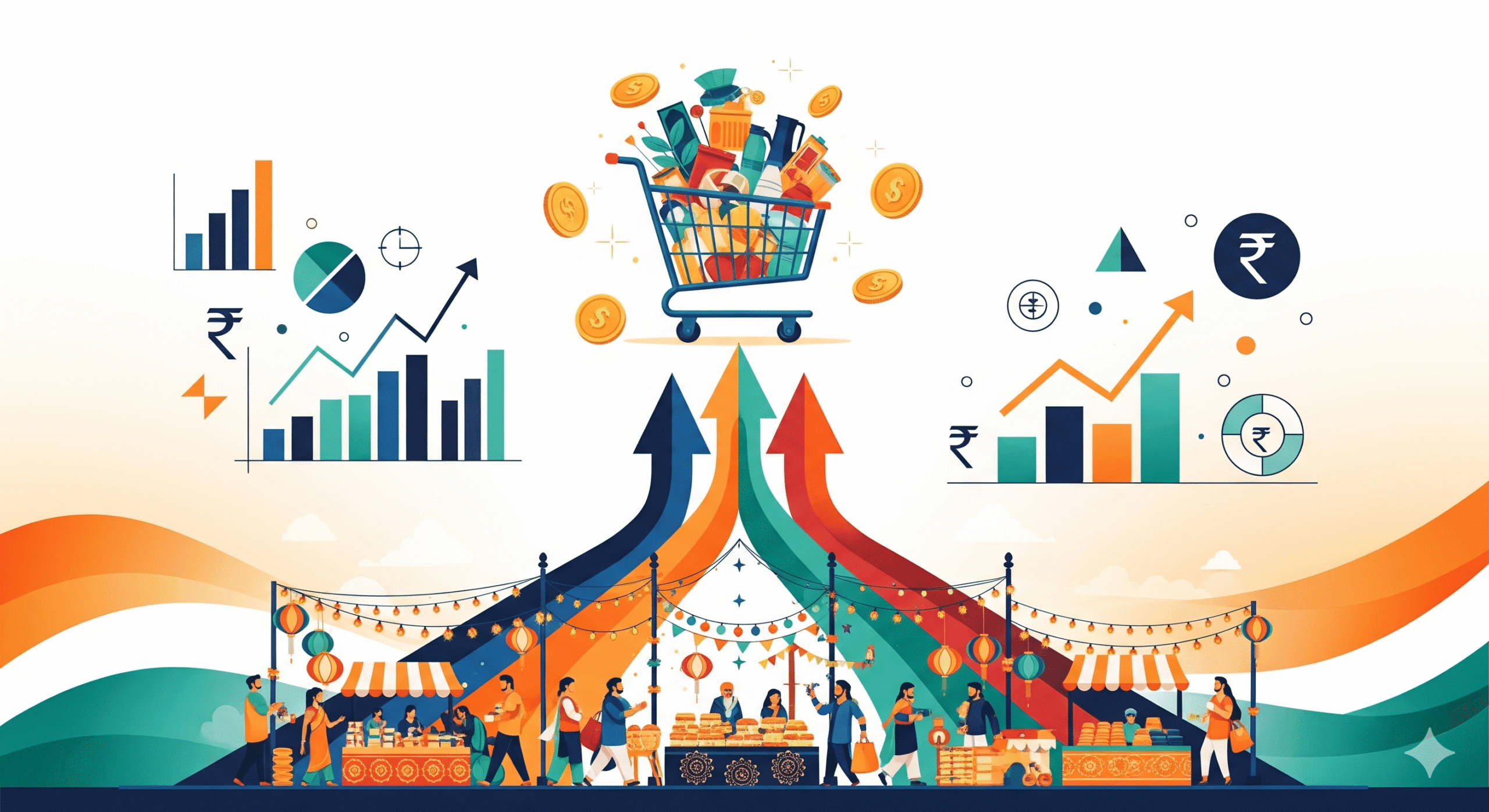India Implements Major GST 2.0 Reforms: Simplified Tax Structure, Consumer Benefits, and Festive Sales Surge
GST 2.0 Takes Effect: Simplified Structure
India’s much-anticipated GST 2.0 reforms have officially rolled out. The government has simplified the indirect tax structure, reducing the number of tax slabs from four to two:
- 5% (lower rate) for essential and mass-consumption goods
- 18% (standard rate) for most goods and services
- 40% (special rate) applicable only to ultra-luxury and sin goods such as high-end cars, tobacco, and alcohol
This consolidation is expected to reduce compliance burden for businesses and bring more clarity to consumers.
Key GST Rate Reductions Consumers Should Know
The rate changes are consumer-friendly and are designed to spur demand:
- Daily-use essentials like shampoo, soaps, and toiletries moved from 18% ➝ 5%
- Large appliances including ACs, TVs, refrigerators, and cars under 1200cc moved from 28% ➝ 18%
- Personal health insurance & life insurance premiums are now GST-exempt, giving major relief to middle-class households
These changes directly reduce household expenses and boost affordability across sectors.
Festive Sales Boom Fueled by GST Cuts
The timing of GST 2.0 reforms aligns perfectly with India’s festive shopping season.
- Amazon and Flipkart reported a 29% year-on-year surge in sales during the first week of festive offers
- Combined GMV (Gross Merchandise Value) touched a record-breaking ₹60,700 crore
- Categories leading the sales boom: electronics, home appliances, and personal care products
Analysts believe the tax relief + festive sentiment will continue to drive consumption through Diwali and beyond.
Industry & Economic Impact
- Retail & FMCG: Expect sustained demand and inventory turnover
- Insurance sector: Greater adoption of life & health insurance policies due to GST exemption
- Automobile industry: Small and mid-segment car sales likely to see a significant boost
- Businesses: Simplified GST slabs reduce compliance complexity, improve filing efficiency
Conclusion
The GST 2.0 reforms are not just about tax restructuring — they mark a shift towards a consumer-first economy. By simplifying rates and reducing tax burden, the government has set the stage for higher consumption, better compliance, and stronger GDP growth.
As festive sales data already shows, India may be entering a new era of demand-driven growth.
FAQ'S
1. What is GST 2.0 and when did it come into effect?
GST 2.0 is the simplified version of India’s Goods and Services Tax system. It came into effect on September 22, 2025, reducing the slabs from four to two main rates—5% and 18%, with a special 40% rate for ultra-luxury/sin goods.
2. Which products got cheaper under GST 2.0?
Daily-use essentials like shampoos, soaps, and toiletries now fall under 5% instead of 18%. Appliances such as TVs, ACs, refrigerators, and cars under 1200cc dropped from 28% to 18%.
3. Are health and life insurance premiums still taxed under GST 2.0?
No. Health and life insurance premiums are now GST-exempt, giving much-needed relief to middle-class households.
4. How does GST 2.0 benefit businesses?
With only two slabs, GST compliance becomes simpler and faster, reducing errors and lowering the overall burden on small and medium enterprises.
5. How has GST 2.0 impacted festive sales in India?
E-commerce platforms like Amazon and Flipkart reported a 29% surge in festive sales, recording ₹60,700 crore in the first week itself—driven largely by GST rate cuts and consumer optimism.





